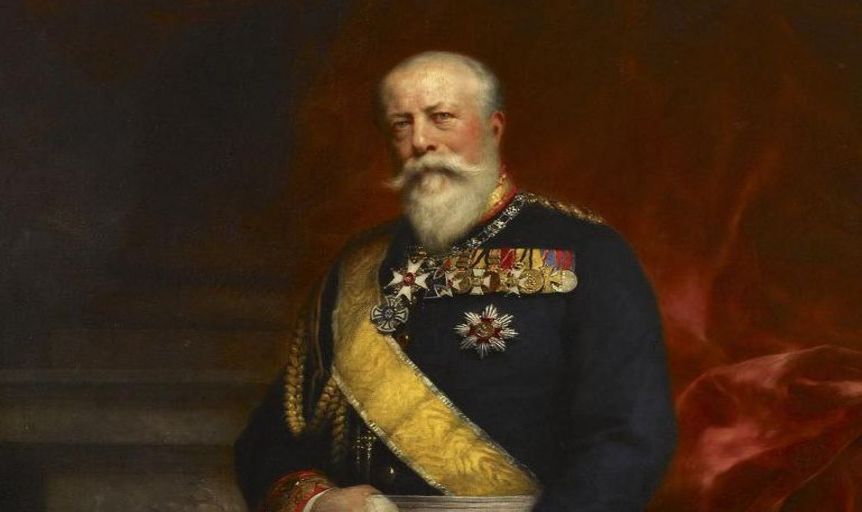A liberal monarch and lover of the artsFriedrich I von Baden
Grand Duke Friedrich I von Baden (1826–1907) was a modern ruler; he turned Baden into a kind of "liberal model country." He also supported his Prussian father-in-law in founding the German Empire and supported his appointment as the German emperor.






